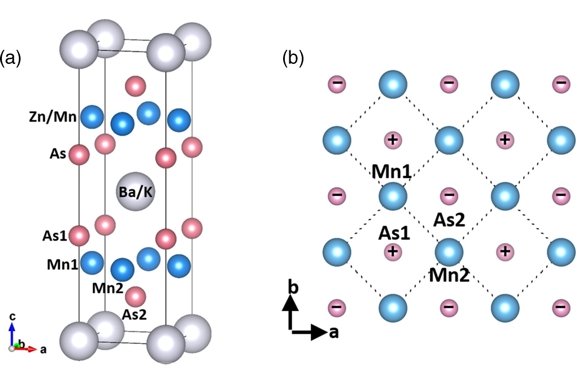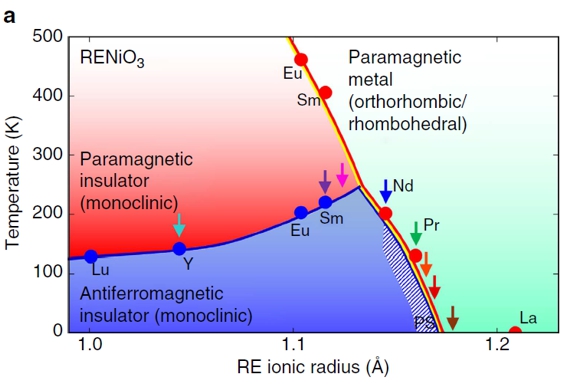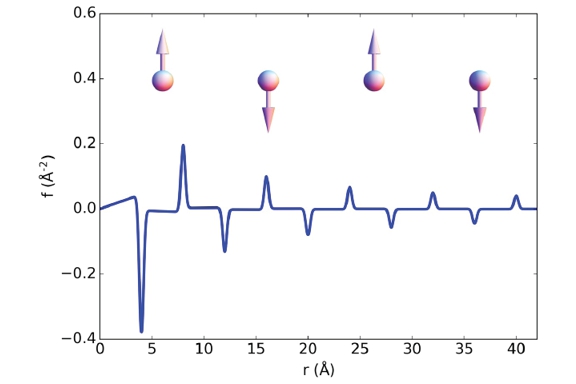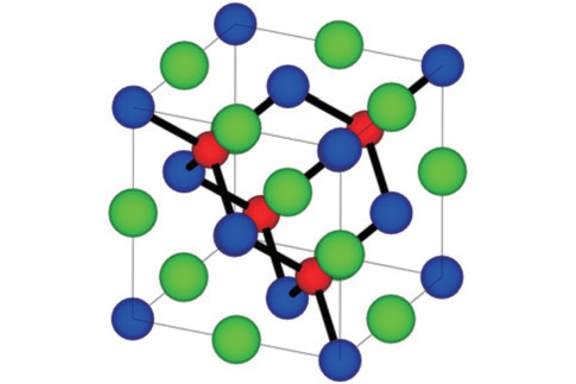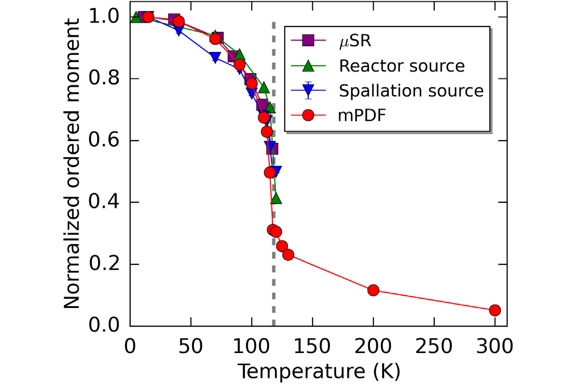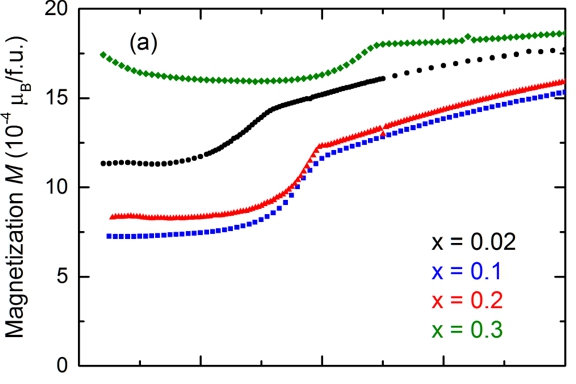 About the Group
About the Group
We are an experimental condensed matter physics group focused on investigating the structure and magnetism of fascinating--and often technologically promising--materials, such as superconductors, strongly correlated electron systems, multiferroics, magnetocalorics, molten salts for nuclear reactors, and more. We use beams of neutrons, x-rays, and muons produced at large-scale accelerator facilities to probe the atomic and magnetic correlations in these materials, together with advanced computational modeling to gain quantitative insight into the spatial arrangement of atoms and spins in a given material. Specific techniques include atomic and magnetic pair distribution function (PDF) analysis of neutron/x-ray total scattering data and muon spin relaxation/rotation (μSR). Interested and motivated undergraduate and prospective graduate students are encouraged to reach out to learn more about our research and find opportunities to participate.
Research Projects
Thermoelectrics, Magnetocalorics, and Multiferroics--Oh My!
This project focuses on the connection between the local atomic and magnetic structure and the energy-relevant properties of magnetocaloric, thermoelectric, and multiferroic materials. Magnetocaloric materials exhibit large temperature changes with the application and removal of a magnetic field, offering promising applications in solid-state refrigeration and waste heat harvesting. Thermoelectric materials experience an electrical voltage when subjected to a temperature gradient or vice versa, also providing novel routes for energy-efficient cooling and waste heat harvesting. Multiferroic materials show cross-order coupling between electric polarization and magnetic order, potentially enabling unique functionalities for energy transformation, information science, and signal processing. We are using combined atomic and magnetic pair distribution function analysis, together with muon spin spectroscopy, to establish the local atomic and magnetic structure of representative compounds for these material classes and better understand the origin of their outstanding properties. In the process, we are developing new experimental and computational methods for magnetic pair distribution function analysis, which will be widely applicable to many other materials, as well. Funding: US Department of Energy, Early Career program.
Superconductors, Geometrically Frustrated Magnets, Magnetic Nanoparticles, and More
We maintain broad interest and involvement in structural studies of numerous material systems where knowledge of the local atomic and magnetic structure can add value. We have ongoing projects on iron-based superconductors, geometrically frustrated triangular lattice antiferromagnets, magnetic nanoparticles, Mott insulator systems, high-entropy alloys and oxides, and more. We are always open to collaborations on interesting material systems.
Molten Salts For Improved Nuclear Reactors
Molten salt reactors (MSRs) are a promising nuclear reactor design concept in which molten ionic salts function as the coolant and/or fuel source in the reactor. MSRs have many potential advantages over standard designs in commercial use today, including greatly enhanced safety/security and the ability to produce critical medical radioisotopes in addition to vast amounts of carbon-free electricity. To make MSRs a reality, it is necessary to understand and predict the behavior of the salts in operating conditions. Gaining a detailed knowledge of the local structure of the molten salts on the atomic scale is an essential step in this direction, since the local interactions between constituent atoms determine the macroscopic properties. In this project, we use cutting-edge neutron and x-ray total scattering and computational modeling techniques to establish the structure of relevant molten salts. We work closely with collaborators in BYU Chemical Engineering. Funding: US Department of Energy, Nuclear Energy University Program (pending).
